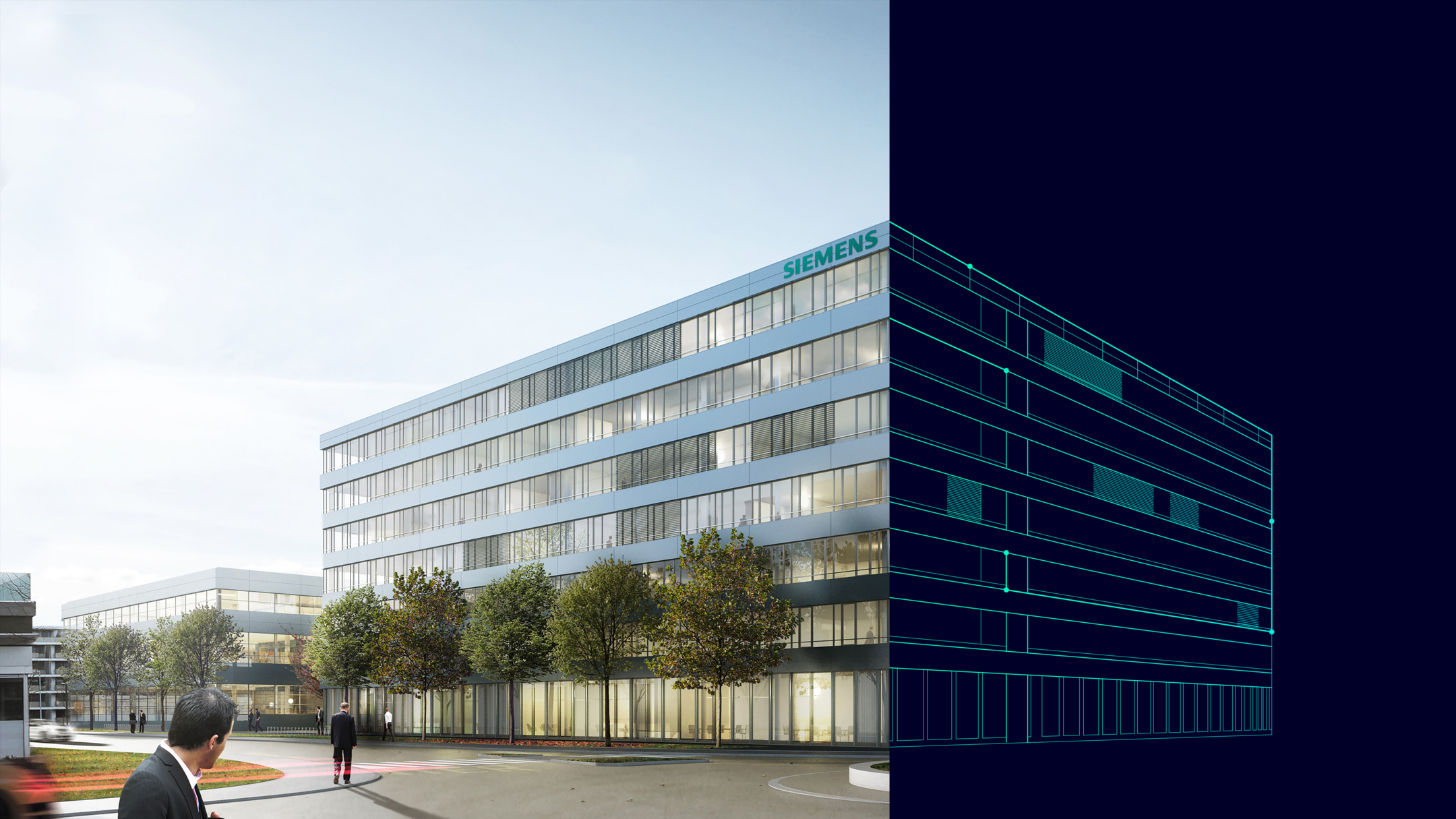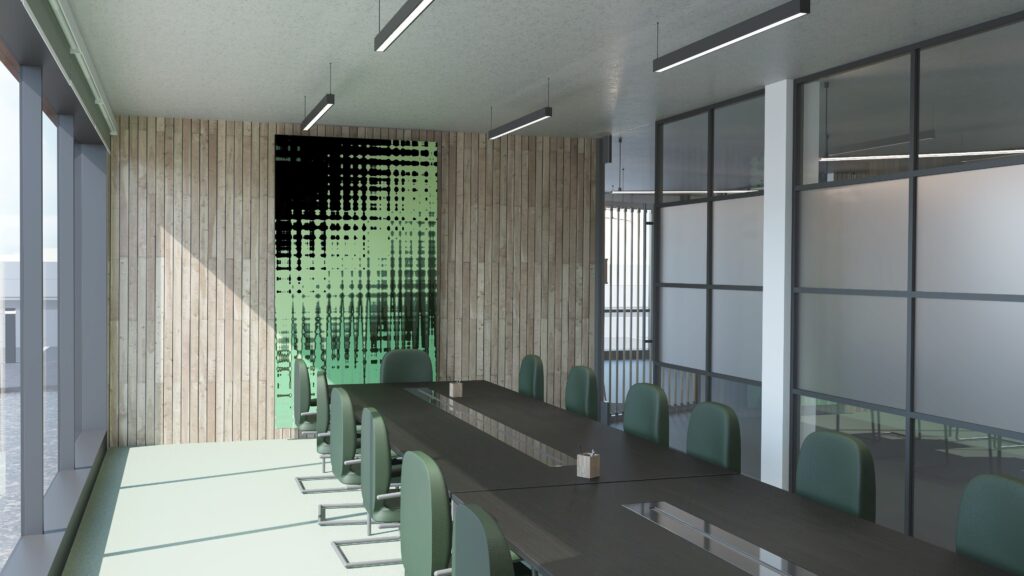Unleash BIM potential: how AEC companies can use multidisciplinary design for better collaboration & faster time-to-market

The architecture, engineering and construction (AEC) industry is changing rapidly. While innovation is robust, point solution advancements have not dramatically improved overall design processes. As a result, AEC companies continue adopting new disconnected software tools while being frustrated at failures to design faster and collaborate more effectively.
Meanwhile, building information modeling (BIM) has been touted for decades as the mechanism to improve design collaboration, improve takeoff calculations and reduce onsite construction issues—all challenges faced by AEC companies. Unfortunately, all BIM software data exists in silos, and designers continue to operate in the context of stale data, which limits design productivity improvements.
Consider this question: what if your AEC business could say goodbye to the common industry experience of using dozens of unintegrated applications that slow projects and raise costs? For many, the answer is you can. Many AEC companies can boost productivity by adopting a single multidisciplinary design tool to design capital assets and infrastructure. Read on to learn the ultra-collaborative benefits of letting multiple teams use one design solution with continuously up-to-date data.
Accelerate capital asset and BIM design processes using a single multidisciplinary tool
Capital asset development produces large volumes of data that’s stored across multiple systems and databases. Furthermore, AEC design teams typically use disjointed design tools and apps that work in silos. Moving data between these applications can be time-consuming and involves many spreadsheets and other ad hoc documents, affecting quality and the bottom line.
What’s the business impact? Project leaders struggle to visualize their data, manage it and gain insights for decision-making. With so many design tools and systems used simultaneously, potential issues may not be identified until the construction stage, resulting in additional costs, unpredictable design change processes and delays.
The good news is that you can reduce these challenges using a single integrated, multi-discipline product design solution that enables data to flow seamlessly between applications. Your data will always be accessible and up to date, and you’ll eliminate the error-prone manual processes involved in moving data between applications.

Integrate your engineering teams to design faster and reduce costs
With the tremendous capital project investments in the AEC industries, businesses must quickly improve inefficient design processes and workflows.
By adopting a single, multidisciplinary design tool, your company can:
- Accelerate BIM execution goals by combining multiple disciplines (e.g. electrical, piping, HVAC, steel structures, structural, etc.) into a collaborative, integrated engineering environment with robust enterprise data management capabilities.
- Develop and visualize all possible design configurations while managing change requests during the various development process phases
- Improve quality and reduce costs with simplified validation and verification processes that improve design integrity and sustainability
- Reduce the total cost of design software ownership through “value-based licensing,” which provides designers faster access to the full range of design functionality without having to acquire more licenses
A construction industry leader uses multidisciplinary design software for improved efficiency and profitability
The Obermeyer Corporate Group (Obermeyer) is an independent engineering consultancy that offers technical and integrated planning for nearly all fields of construction planning, including buildings, transportation infrastructure, energy and environment.
The company needed to unify its IT environment and establish a consistent and integrated planning process, including its BIM process. In this Obermeyer case study, you’ll learn how they:
- Supported standardization and optimization of processes and best practices
- Fully leveraged 3D planning as part of the BIM process
- Achieved consistency across processes
- Realized shorter planning cycles while delivering higher-quality construction plans
- Improved profitability and operational efficiency

Embrace collaborative design to quickly create and document capital assets
To design next-generation capital assets while meeting BIM goals, AEC businesses need multidisciplinary collaboration between teams from different disciplines, including architecture, mechanical, electrical, plumbing, and other stakeholders.
Using multidisciplinary software, teams can coordinate better to create a more integrated and efficient design. The result? In scenarios like BIM design, changes are incorporated, and multiple teams will work on the most up-to-date datasets throughout the asset lifecycle. Teams can also detect issues early on, estimate required changes and implement them efficiently.
To learn more about using a multidisciplinary approach for better AEC and BIM project outcomes, sign up for our October 23rd live webinar: Unraveling the AEC & BIM spider web: The case for integrated solutions.
Comments
Leave a Reply
You must be logged in to post a comment.



Drift Boss offers a dramatic driving experience with spectacular drifts on unlimited roads.
It’s so true that AEC is swimming in point solutions without seeing a huge leap in overall efficiency. BIM promised so much, but these data silos are a real drag. It feels like everyone’s driving separate, fancy cars but can’t actually coordinate on the road! Perhaps a more unified platform, something that allows different teams to “ride” together like passengers in an Eggy Car, could be the key to unlocking BIM’s full potential and truly streamlining these processes.